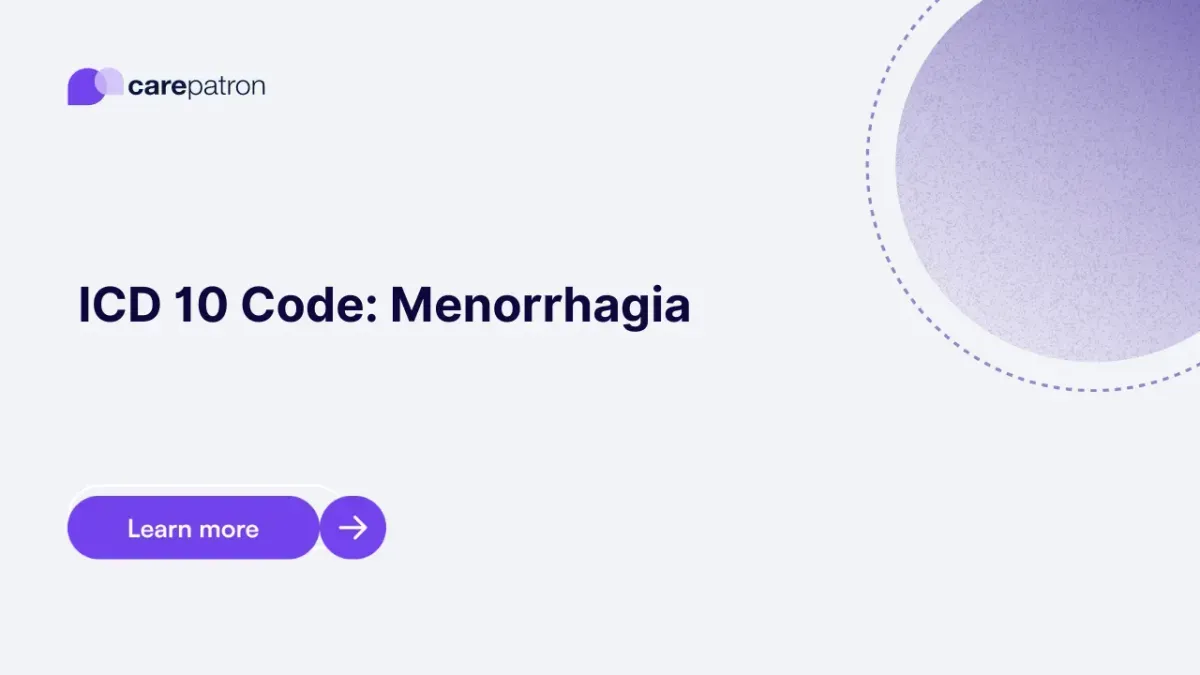
Menorrhagia ICD-10-CM Codes
Explore Menorrhagia ICD-10-CM codes for documenting excessive, frequent, or irregular menstrual bleeding, including causes, symptoms, and billable codes.
Use Code
Commonly asked questions
A Menorrhagia ICD-10 code should be used when a patient presents with abnormally heavy, prolonged, or frequent menstrual bleeding that affects daily life or indicates an underlying condition. These codes help classify types of abnormal uterine and vaginal bleeding, such as excessive bleeding with regular or irregular cycles, for accurate documentation and care planning.
Yes, all standard Menorrhagia ICD-10-CM codes—including N92.0, N92.1, and others—are valid and billable for insurance claims. These codes ensure that frequent or excessive menstrual bleeding is documented adequately for treatment and reimbursement purposes.
Common treatments for menorrhagia include hormonal therapy, NSAIDs, iron supplements, and surgical interventions such as endometrial ablation or hysterectomy. Treatment depends on the cause of excessive or irregular menstruation, the patient's age, reproductive plans, and the severity of symptoms.
EHR and practice management software
Get started for free
*No credit card required
Free
$0/usd
Unlimited clients
Telehealth
1GB of storage
Client portal text
Automated billing and online payments
